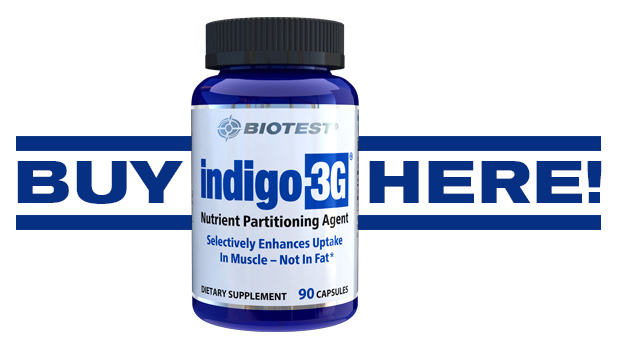Exercise Mimetics
Exercise mimetics are a hot topic in the research world. Broadly speaking, they're drugs or supplements that activate some of the chemical pathways activated by exercise.
Colloquially, these exercise mimetics are called "exercise pills" because the hope is that they could eventually replace people having to get all sweaty in the gym. Theoretically, you could just sit at home, take some of these exercise mimetics, and get leaner and stronger while your Lululemons moldered away in your closet.
More likely, though, is that these exercise pills would work in conjunction with exercise, bringing about all the good exercise stuff synergistically. The good news is that there's increasing evidence that there are at least two effective "exercise pills" already available.
Control the World! Or at Least Your Pants Size
Notable among exercise mimetics are a class of chemicals known as "AMPK activators." AMPK is the master metabolic sensor that kicks in as a result of the stress of exercise and it increases insulin sensitivity and the mitochondrial production of energy.
It's also involved in skeletal muscle metabolism. Control AMPK and you control the physical world, including how small the waist size of your shorts is and how big the neck size of your T-shirt is.
Interestingly, some of the most potent AMPK regulators come from the plant world in the form of polyphenols, which are plant chemicals that have amazing effects on the human body ranging from improved blood sugar to the prevention of Alzheimer's.
Chief among these AMPK-modulating polyphenols are the stilbene, resveratrol, and the flavonoid cyanidin 3-glucoside, and a recent study appears to bolster the exercise-mimetic capabilities of these AMPK regulators and polyphenols in general.
Juiced Up Rats
Scientists divided young rats into four groups. One group ate high-calorie feed with added fat. Call it the Doritos diet. Accordingly, the rats developed insulin resistance. The second group also went on this Dorito-style diet, too, only they got to wash them down with grape juice, a rich source of the polyphenols mentioned above.
The third group of rats got similarly fattened up, but they had to put on headphones and wear leggings while they ran on a treadmill for an hour 5 days a week. The last group was also fattened up, and in addition to running on the treadmill, they got to drink the polyphenol-rich grape juice.
The Results
The combination of exercise and polyphenol-rich grape juice had a synergistic effect on the rats. They had better systemic and skeletal muscle insulin sensitivity than the other groups, including, most importantly, the other exercise group that didn't get the polyphenol-rich grape juice.
Their fatty livers ditched their fatty deposits and replaced them with glycogen. Their exercise capacity went up. Body composition improved.
All this happened on a dose of 32-33 mg/kg/day of polyphenol-rich grape juice, which contains far less resveratrol or cyanidin 3-glucoside than a human would get in just one capsule of either supplement.
And another study done specifically with cyanidin 3-glucoside found that the exercise mimetic, in addition to improving endurance in swimming mice, also increased muscle weight and protein content, while significantly increasing the population of mitochondria (which led to greater energy production) in their cells.
How to Use This Info
No one's suggesting you start drinking a lot of grape juice to get leaner, bigger, and increase endurance. That being said, grape juice is an excellent source of polyphenols in general and you should augment your health by drinking/eating as many polyphenols as you can from as many diverse sources as possible.
However, two specific polyphenols (and possibly many other undiscovered ones) found in grape juice, in addition to other plant sources, definitely act synergistically with exercise. They're the aforementioned resveratrol and cyanidin 3-glycoside.
Cyanadin 3-glucoside's reputation for burning fat and building muscle is well known. There's a ream of research (rat and human) that shows it burns fat, increases insulin sensitivity, and shuttles nutrients preferentially to muscle. It's sold as Indigo-3G®.
Resveratrol, sold as Rez-V®, has long been touted as an estrogen blocker and life extender, but more recent studies show that it also improves insulin sensitivity and increases testosterone levels, in addition to making muscle fibers grow.
Now we can add fat burning and increased endurance to its resume, as the study described above explains.
References
- Lambert, Karen, et al. "Combination of nutritional polyphenols supplementation with exercise training counteracts insulin resistance and improves endurance in high-fat diet-induced obese rats," Scientific Reports volume 8, 13 February 2018.
- Toshiya Matsukawa, Hideko Motojima, Yuki Sato, Shinya Takahashi, Myra O. Villareal, and Hiroko Isodaa, "Upregulation of skeletal muscle PGC-1α through the elevation of cyclic AMP levels by Cyanidin-3-glucoside enhances exercise performance," Sci Rep. 2017; 7: 44799.






